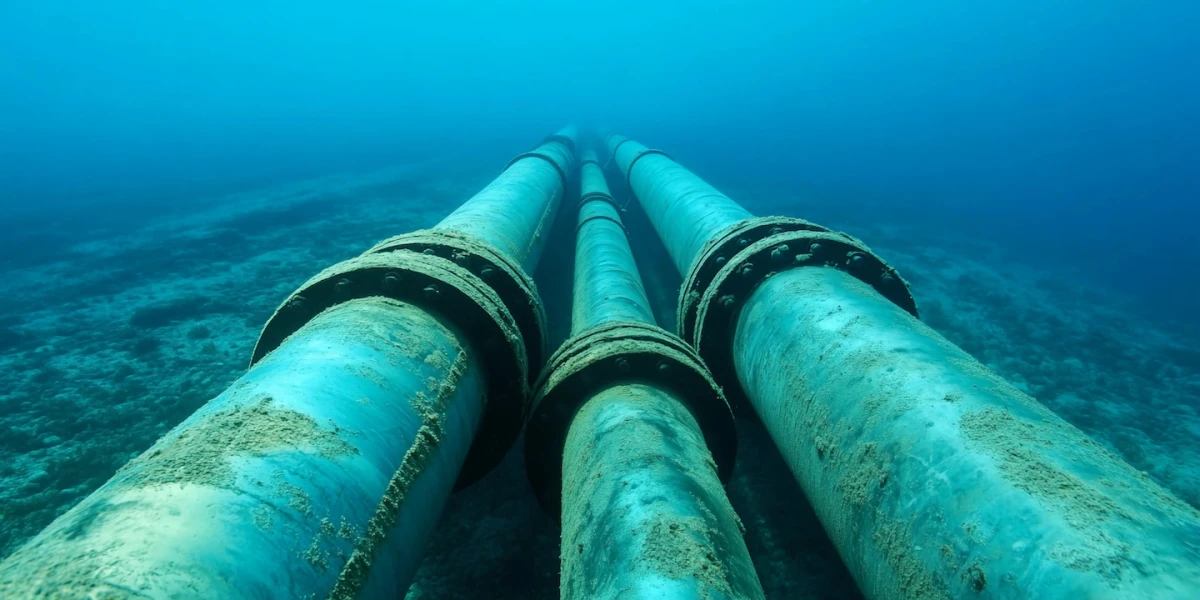#The Shift In Focus Ahead
Investors face a pivotal moment as the UN Ocean Conference highlights deep-sea mining and advocates for a global moratorium, alongside ocean protection goals. That narrative shift aligns with ESG demands, critical mineral supply strategies, and clean energy priorities. This isn’t a passing news cycle; it could recalibrate entire portfolios linked to ocean resources and critical metals.
Seabed mining remains speculative and non-commercial as of mid-2025. However, rising international scrutiny, especially from UN-led marine protection efforts, may delay or deter future investment. Retail investors should treat seabed exposure as a high-risk, long-duration play. Meanwhile, onshore miners with proven ESG frameworks may benefit from early positioning as the policy landscape evolves.
#Why This Is Important for Retail Investors
Retail investors with positions in early-stage seabed mining stocks, such as TMC, should monitor regulatory signals closely, as headline risk could outpace actual development timelines.
Ocean‑focused and climate‑aligned ETFs could see inflows as retail and institutional interest grows.
As traceability standards tighten, clean-tech firms may face pressure to avoid future sourcing from seabed operations if they launch. Current supply chains are entirely land-based, but future contracts may include ESG clauses excluding seabed sources.
Investors should track policy developments in key jurisdictions like UK, EU, Canada, and emerging High Seas Treaty regulations.
#About the Sector
Deep‑sea mining aims to extract metals such as nickel, cobalt, copper, and rare earths from seabed deposits. While these are essential for batteries and clean tech, environmental concerns linger: fragile ecosystems, unknown impacts, and biodiversity threats. As expanded marine protections gain traction, mining permissions may stall.
That stands in contrast to onshore critical mineral production, which faces fewer unknown environmental risks and better established regulation. This regulatory backdrop makes terrestrial miners more appealing to ESG‑focused investors.
#Competitive Landscape
North American names include Albemarle Corporation (NYSE:ALB), Mp Materials Corp (NYSE:MP), and Sigma Lithium Corporation (NASDAQ:SGML), leaders in lithium and rare‑earth processing. In contrast, The Metals Company, still in pre-revenue exploration, is the primary public face of deep-sea mining today, although private ventures may also exist. ETF providers such as SPDR and niche ESG vehicles are positioning themselves on the ocean‑preservation theme.
#Seabed Mining Under Pressure
Public campaigns and scientific advocacy highlight biodiversity risks associated with seabed disturbances. If the UN Ocean Conference advances a moratorium or treaty-based restrictions, companies in seabed mining could see a freeze in permitting or financing. That’s a warning signal: any investor exposure to stocks like The Metals Company should be evaluated with potential headline and policy triggers in mind.
Investor action
Monitor treaty negotiations and government announcements, especially from Costa Rica, Portugal, Colombia, and France, which are championing ocean protection goals including 30x30 (protecting 30% of ocean area by 2030). Given the pre-revenue status and uncertain permitting outlook, deep-sea mining stocks should be treated as speculative and high-risk.
#Onshore Mining Gains Traction
While seabed mining remains in the exploratory phase, increasing regulatory uncertainty may deter new investment and shift future capital allocations toward more established, ESG-compliant terrestrial miners. These firms operate within existing environmental frameworks, reducing ESG uncertainties.
Investor action
Watch for shifts in fund flows, mining development expansions, and policy incentives favoring domestic supply chains, particularly within North America and Europe.
#ESG and Ocean‑Focused ETFs
This policy momentum creates an opportunity for ETFs with ocean conservation or explicit ESG mandates. One example is the SPDR MSCI ACWI Climate Paris Aligned ETF. Niche marine‑biodiversity funds may gain traction as retail investors seek direct environmental impact exposure.
Investor action
Compare fund holdings, expense ratios, and overlaps with broader ESG benchmarks. Assess whether your allocation matches your sustainability intent and risk appetite.
#Clean‑Tech and Battery Manufacturers
EV manufacturers like Tesla Inc (NASDAQ:TSLA), Rivian (NASDAQ:RIVN), BYD, or battery suppliers such as CATL and Panasonic could face mounting pressure to certify mineral sources. Future reliance on deep‑sea supplies could damage brand integrity if public sentiment turns against ocean extraction.
Investor action
Check for corporate disclosures or goals related to non‑ocean supply sourcing. Companies leading in traceability and sustainable mining partnerships may outperform in investor perception.
#Geopolitical And Policy Implications
US‑EU tensions over seabed mining policy and executive directives add geopolitical complexity. Additionally, advancing national commitments to marine protection could spur disclosure demands and compliance costs for extractive firms.
Investor action
Follow legislative timelines in major economies and review how regulations could shape corporate ESG reporting standards. Consider tilting towards companies ahead in those transitions.
#FAQs
Will seabed mining be banned globally?
Seabed (deep‑sea) mining is currently in the exploratory stage, but no commercial-scale mining has yet begun. No immediate ban is guaranteed. Talks are underway. A treaty or moratorium could be implemented over several months to years. Investors should watch UN follow‑ups.
Are ocean‑focused ETFs high risk?
These ETFs are thematic and may carry concentration risk. Check underlying holdings and ensure thematic alignment.
Can EV manufacturers avoid deep‑sea minerals?
Yes. Many already tout supply chain sustainability. Expect more transparency and audits to validate sourcing claims.
How should I adjust my portfolio now?
Review exposure to seabed‑mining ventures. Consider reallocating toward ESG‑rated onshore miners and climate‑oriented funds. Track policy shifts for entry and exit timing.
